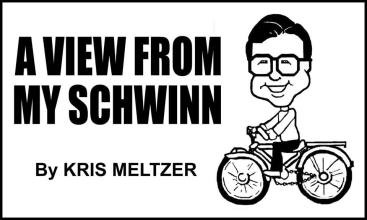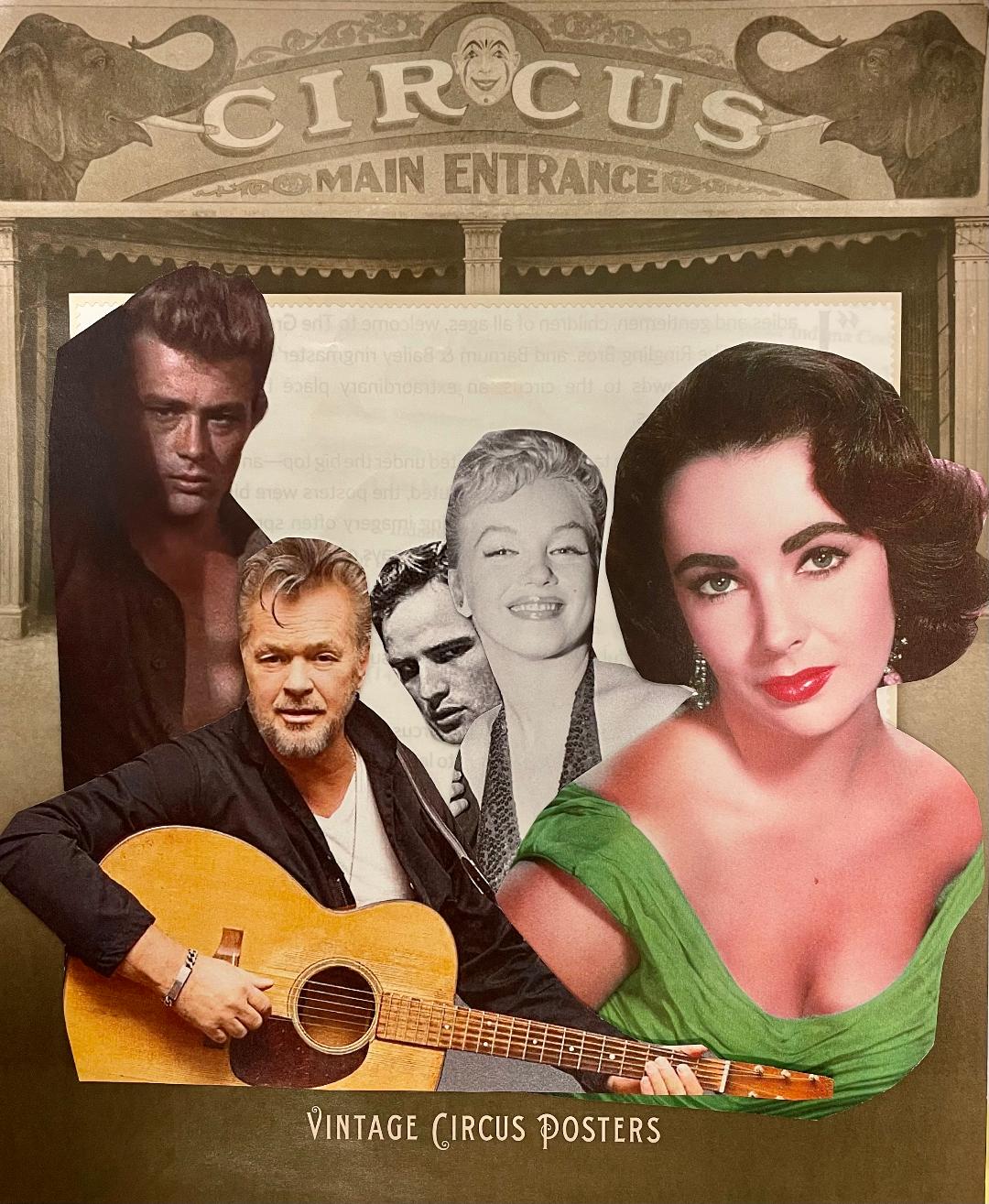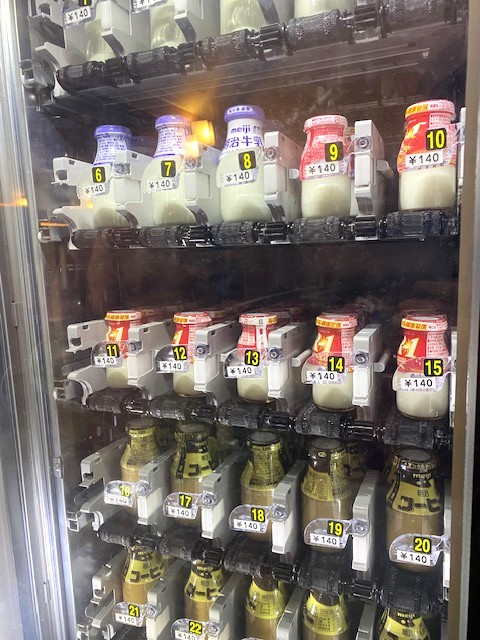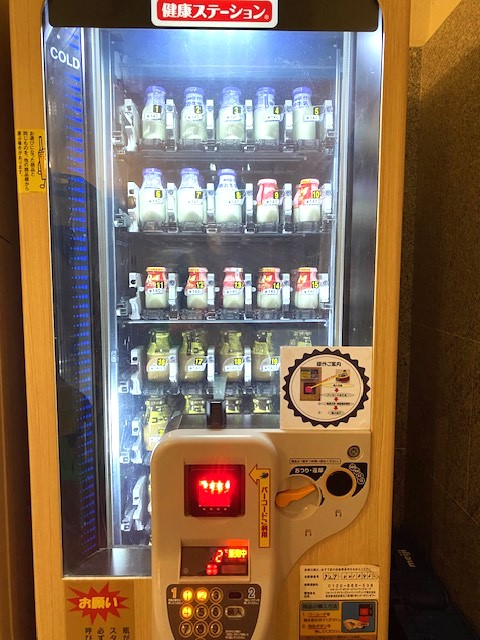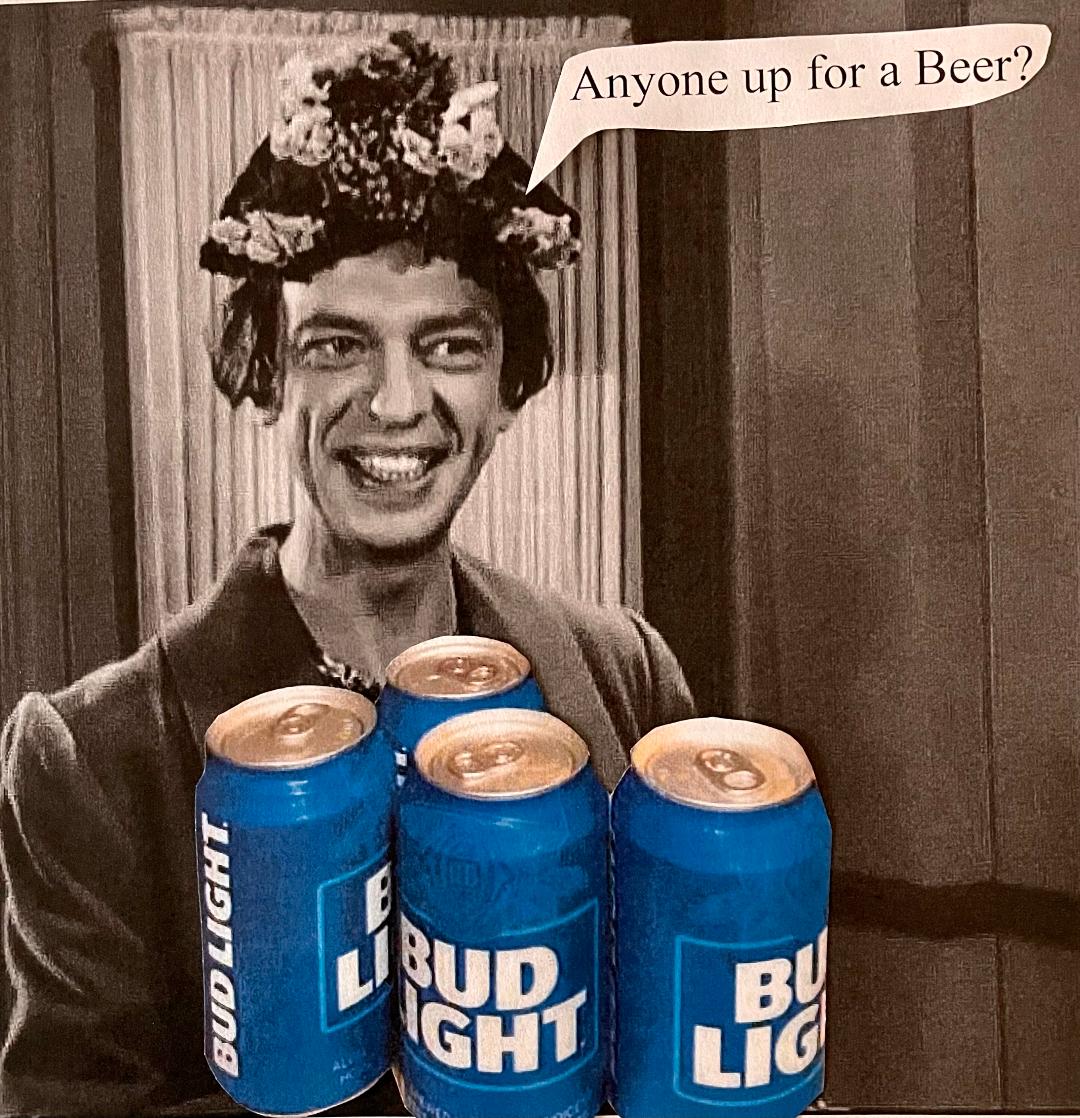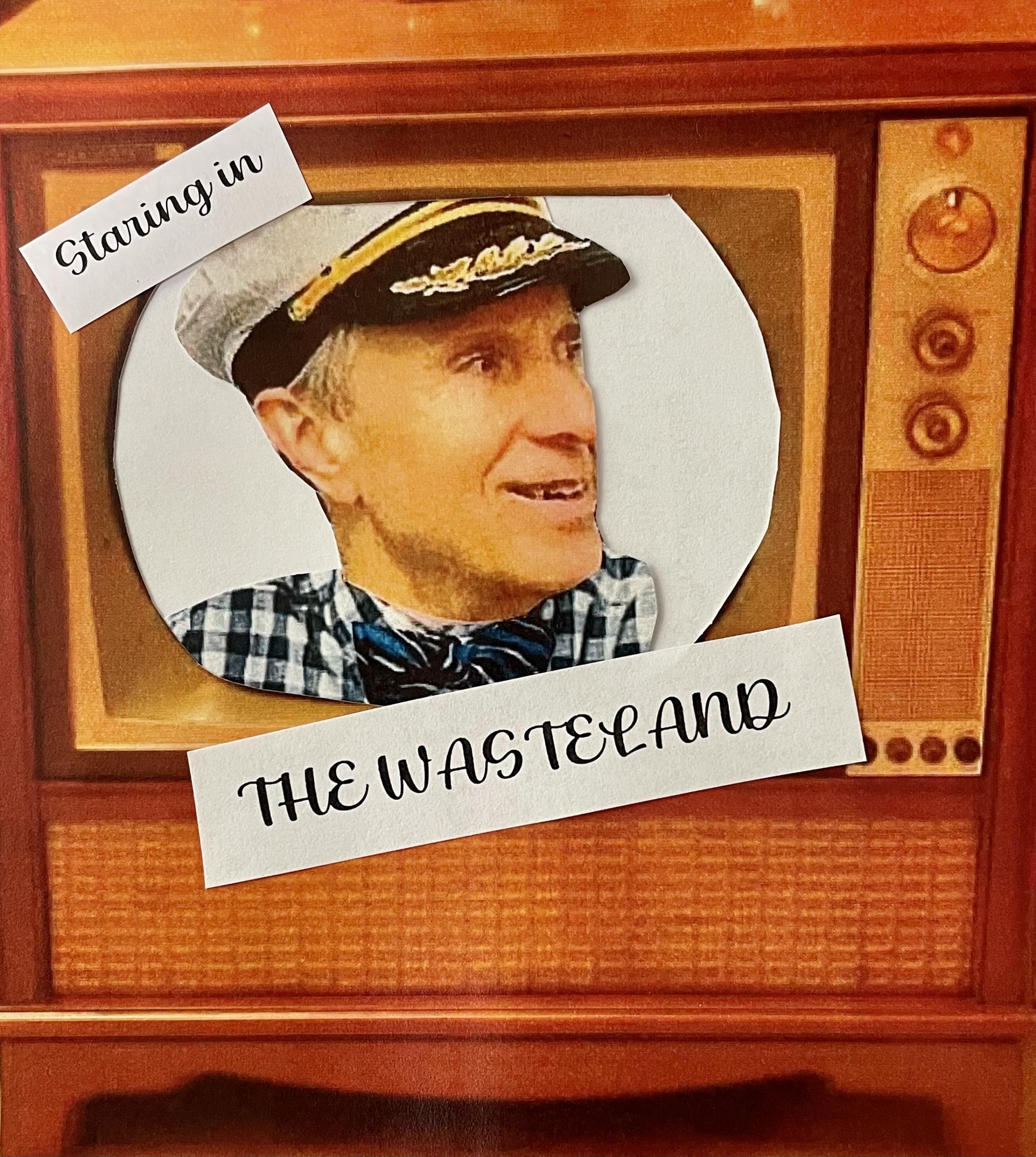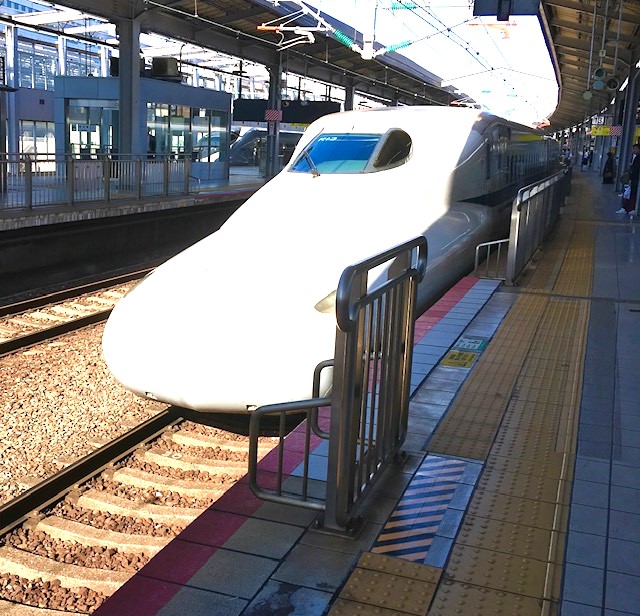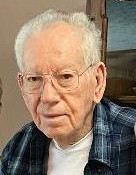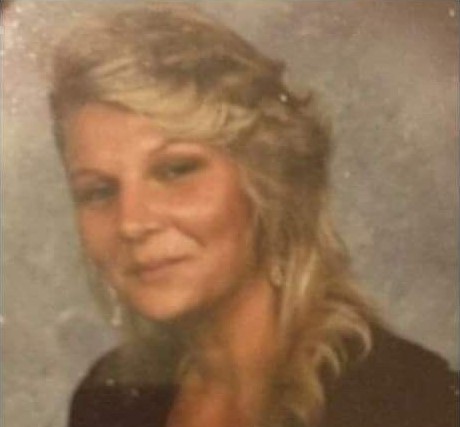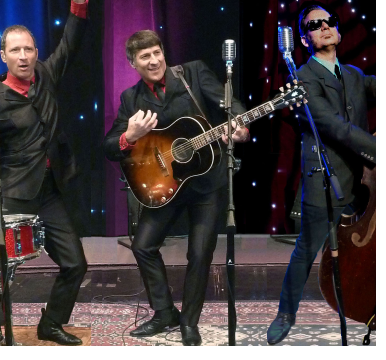A reader of this column, Norma, wrote to ask about what is the proper etiquette when riding on Japanese trains. This is a good question, because when visitors from overseas come to Japan, it is very likely that at some point on their journey they will be maneuvering around on trains to get to different places. It is almost a statistical certainty, in fact.
When friends from home visit me here in Japan, the one thing that they notice immediately when riding on trains is how quiet they are. Even with hundreds of people crammed into one car, the atmosphere is amazingly calm and quiet. People lucky enough to grab a seat during rush hour can be found quietly perusing their cellphones, reading a book or magazine, listening to music with their eyes closed, or simply napping until they have to get off at their stop.
During the morning rush hour, at particularly busy times and at crowded stations, it is not uncommon for trains to be at 200% capacity. As dreadful as it sounds, it is just a fact of life living in a big city like Tokyo. Some stations employ “pushers” at peak times to help “push” the stragglers into the train car so the door can shut, which includes the wayward umbrella, bag, or briefcase that may need assistance in getting tucked in so the door can close.
Even with wall-to-wall people with no spare room at all, where people are physically pushed up against one another, it is eerily quiet.
So, rule number one, do not disturb those around you. While there is no rule forbidding talking on trains, the general custom is not to talk, and if a conversation does occur, it is done quietly in hushed voices.
In addition, Japanese tend to be very private so they would be mortified to have a personal conversation listened to by others around them. Having a loud conversation on a train is regarded as being rude and unseemly, and certainly unbecoming behavior of a regular commuter.

Trains are public spaces and behaving in such a way as to avoid being an annoyance to any other passenger is a must in Japan. Speaking loudly on a cell phone is also a big “no-no.” It is best to set the phone to manner mode and not answer it, if that is possible.
If it is necessary to answer, quietly tell the person you are on a train and you will call them back when you arrive. If it is an important call, a Japanese person might hop off a commuter train at the next station, call the person back and converse, then just hop back on the next train that comes by.
Commuter trains have frequent trains coming and going so this is easy to do. If you are on the shinkansen, bullet train, it is best to get up and go to the vestibule to take the call. I have seen Japanese people cover their mouths while talking on the phone on a train to further muffle their voice so as not to disturb those around them.
Good train manners include not eating on short train rides, as a general rule. Especially not eating anything that has a pungent odor or is noisy when eating. One exception to this custom of not eating on a train is if it is a long-distance journey on the fabled shinkansen train or another train where the passengers must ride for several hours — but not a commuter train, in other words.
Other passengers would be offended if they had to endure being around food that had a strong smell, or passengers who were drinking with the possibility of spilling it on other riders or in the train. Bottled water or tea seem to be acceptable, however, but anything alcoholic on a commuter train might elicit some raised eyebrows with people looking at you askance.
Does it happen? Sure. Especially on the last train of the night that often has its fair share of drunk salarymen returning home on a Friday and they just had to get that one last can of beer “for the road” to drink on the train. But this doesn’t mean people are OK with it and aren’t annoyed by it.
Man-spreading is not looked upon favorably, just like in other places around the world. It is best to make yourself as small as possible, with elbows tucked in to allow as many people to sit on the long train seat as possible. Usually, trains can seat seven or eight normal-sized people, or six if I happen to be sitting there!
I am bigger and do take up more space than the average Japanese person. I remember sitting in a “two-seater” once and an older woman came to sit next to me, so I adjusted to give her as much space as I could. She happened to be chubby as well, and when she sat down, she had to squeeze in the space and she looked over to the other side of me and realized I was as close as I could get to the other edge, so we rode happily, but snuggly, hip to hip to our destinations.
Another annoyance is when people travel with so much luggage that it takes up space on the train. If it is a small bag, it is best to use the luggage racks overhead to place it out of the way. If it is too big to fit up there, then stand near the door where there is a little area between the door and seats that is perfect to stand with a big suitcase. But it is essential not to block the door, making it hard for people to get on and off the train.
Strollers present a unique conundrum in that they are often necessary but take up a lot of space. If it is possible to hold the child and fold the stroller up (if the train is really crowded) is best, but if this is not an option, then try to stand in a place that doesn’t inconvenience the other passengers.
Some newer trains have special cars that have a dedicated space for strollers and wheelchairs which makes it much better for those needing this space and for others who are commuting. Long-distance trains usually have some sort of luggage space where you can leave a big suitcase, but not always.
In recent years with so many foreign tourists using the Shinkansen trains with the JR train pass, these trains have implemented rules about luggage and if you pre-reserve you can request the first or last seats in a car where there is a narrow space to slide a suitcase. But it is now standard to just not use these areas but to pre-reserve them beforehand in order to use this space.
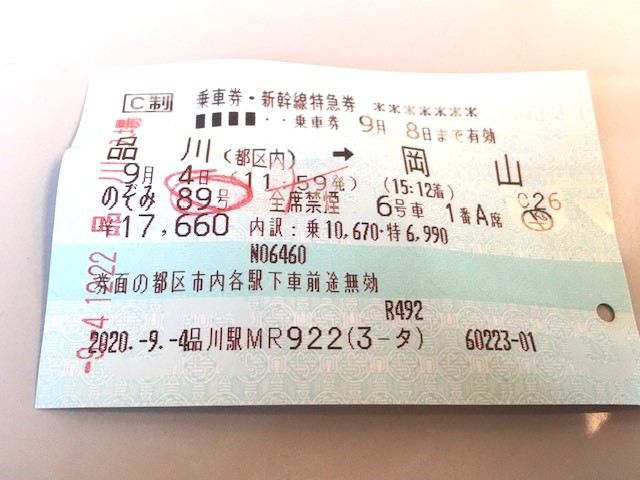
All trains in Japan now have “priority seats” (formerly called “silver seats”). The name change is more inclusive to allow not only “silver-haired” people to use them but others who may have some sort of disability who need to be seated. Pregnant women, people on crutches, etc. may use these seats.
If the train is crowded and these seats are open, then it is OK to use them, but if a person in need should enter the train, it is best to relinquish your seat to them as these are reserved especially for people who need to sit down. As I am now a “silver” myself, I will sit in these seats if it is crowded, but I stay vigilant of others around me who may be more “silver” than me or who have some sort of need greater than mine to sit there, then I gladly get up to allow them to sit down in my seat.
In big cities, like Tokyo, during the busiest times of the day, they will often have designated cars for women only. Sadly, this is a necessity because with trains packed with people pressing up against each other, it is a perfect place for perverts to try to cop a feel or to rub up against a woman who cannot move anywhere because it is so packed.
It became such a problem that some train cars were earmarked for “women only” so they can travel without feeling harassed or touched physically by men. So, if you are male and happen to be standing to board a train on the platform where one of these trains arrive, just go to the next car as it is important to respect that these cars are reserved for only women.
It has become customary in recent years for men on a crowded train to hold onto the strap and keep both hands visible in order to avoid any potential situation where a wayward hand might brush against another female passenger.
Finally, there is etiquette regarding entering and exiting the train. It is proper to allow all the passengers to disembark before entering the train. It is tempting to push past those trying to exit when you spot a great seat that is open, but it is best to wait until everyone has disembarked from the train.
While waiting to board the train, there are normally two lines that form on each side of the doors, leaving the center open for the passengers disembarking to exit. Often times, on the platform, there are painted feet or lines to show you where to stand. Japanese people patiently wait in the lines to board, so no cutting the line!
Trains usually arrive on schedule and if it is a commuter train, another one will follow soon after, so never run to try to slip through the doors as they are closing. It is dangerous for you and others who may be in your path.
On really crowded trains you may wonder how people are able to get off at their preferred stop. When my mother visited, this was her main worry when taking trains in Japan. As your stop approaches, it is best to begin to inch your way toward the door. Somehow, though, people are able to step aside, even an inch, to let exiting passengers to pass by to exit the train.
The people closest to the door will step outside to allow others to exit then reenter before those who are waiting to board from that stop begin to enter the train. When the doors open on really crowded trains, it is almost as if the train is burping people onto the platform as they pour out of the doors.
My main pet peeve today is how people are so absorbed with their phones that they walk like zombies on the platform with their noses stuck in their phones. This is actually quite dangerous as people do walk off the platform onto the tracks which then cause delays for the next trains arriving, but in the worst case the person gets runover by the train which is tragic … and all because they were distracted by their phone.
There are people who do commit suicide by throwing themselves onto the train track as a train is entering a station, as well, but this is a completely different situation which is not accidental but premeditated, sadly. The disruption to the commuters on that line for whatever the reason can be hours, causing tens of thousands of people to be inconvenienced.
So, Norma, I hope I answered some of your questions about train etiquette in Japan. I absolutely adore train travel in Japan. It is so convenient, nearly always on time, and if going long distances, very comfortable. But it isn’t cheap, by any stretch of the imagination. For me to take a train to Tokyo, it is roughly around $500 U.S. roundtrip. But well worth the money, believe me!
Todd Jay Leonard was born and raised in Shelbyville, but has called Japan home for over 34 years. He is currently a full-professor at the University of Teacher Education Fukuoka in Kyushu where he lives, writes, and teaches. He is the author of 26 books and can be reached at toddjayleonard@yahoo.com
Get the most recent Shelby County Post headlines delivered to your email. Go to shelbycountypost.com and click on the free daily email signup link at the top of the page.
